TPO - An estimated 35 million devotees and tourists participated in the mass nude bathing ceremony on the second day of the Maha Kumbh Mela Festival, at the confluence of the Ganges, Yamuna and legendary Saraswati rivers in Prayagraj city (India), despite the "skin-cutting" weather.
TPO - An estimated 35 million devotees and tourists participated in the mass nude bathing ceremony on the second day of the Maha Kumbh Mela Festival, at the confluence of the Ganges, Yamuna and legendary Saraswati rivers in Prayagraj city (India), despite the "skin-cutting" weather.
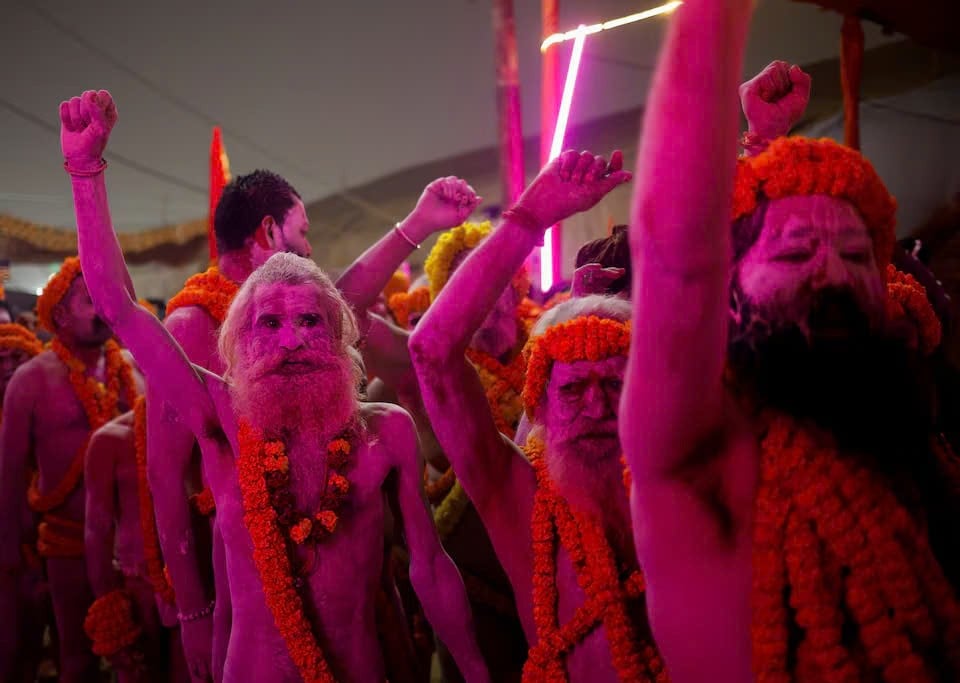 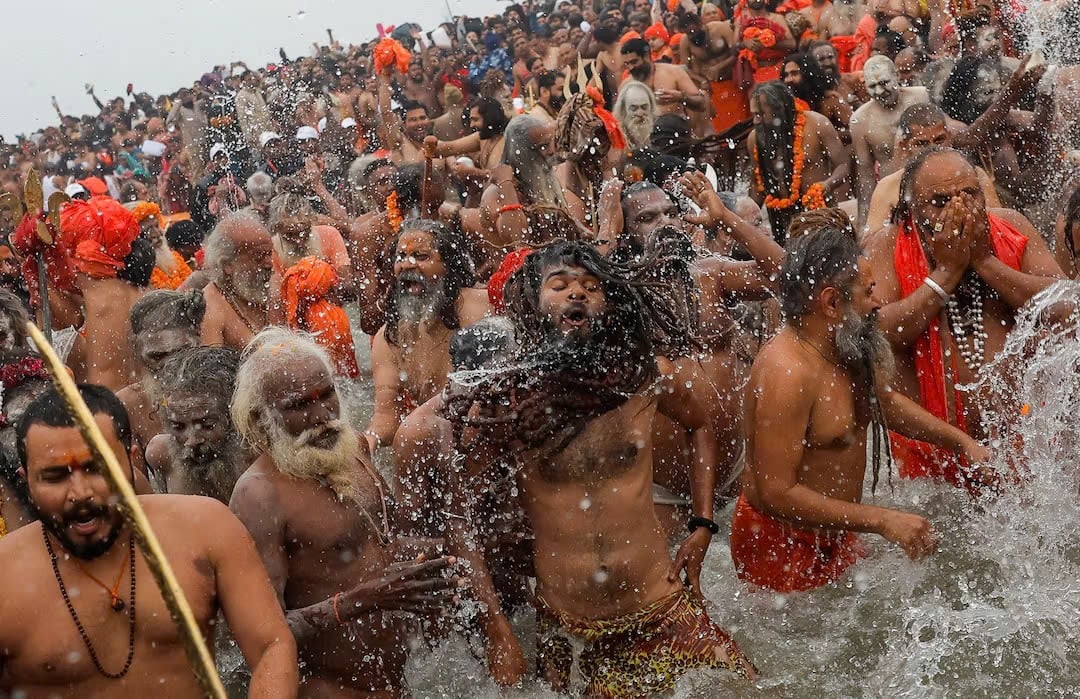 |
According to Reuters , Hindu ascetics (Naga sadhu) stripped naked and smeared holy ash before plunging into the icy cold water during the "Royal Bath" ceremony at the Maha Kumbh Mela festival, to be absolved of sins. Photo: AP. |
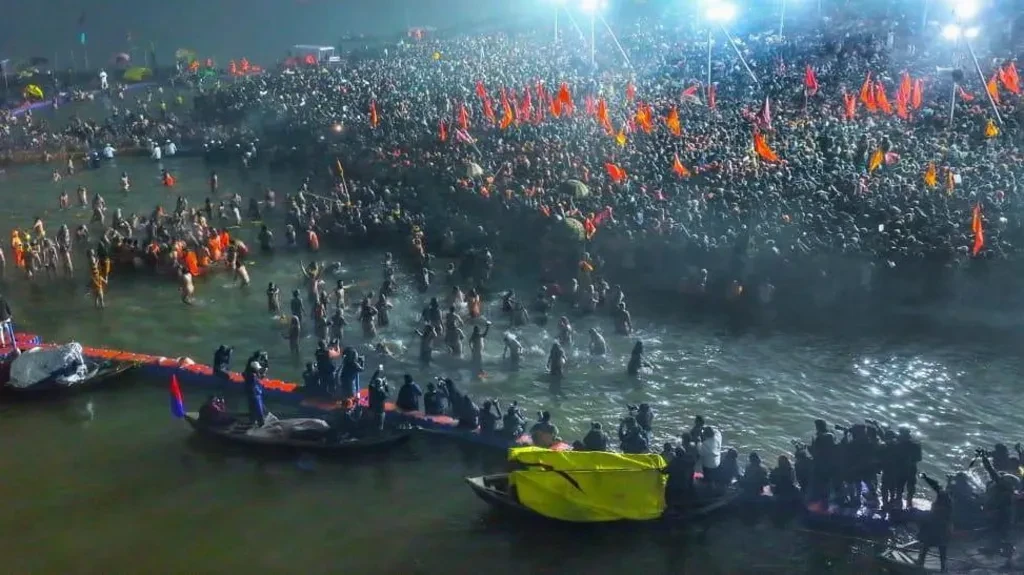 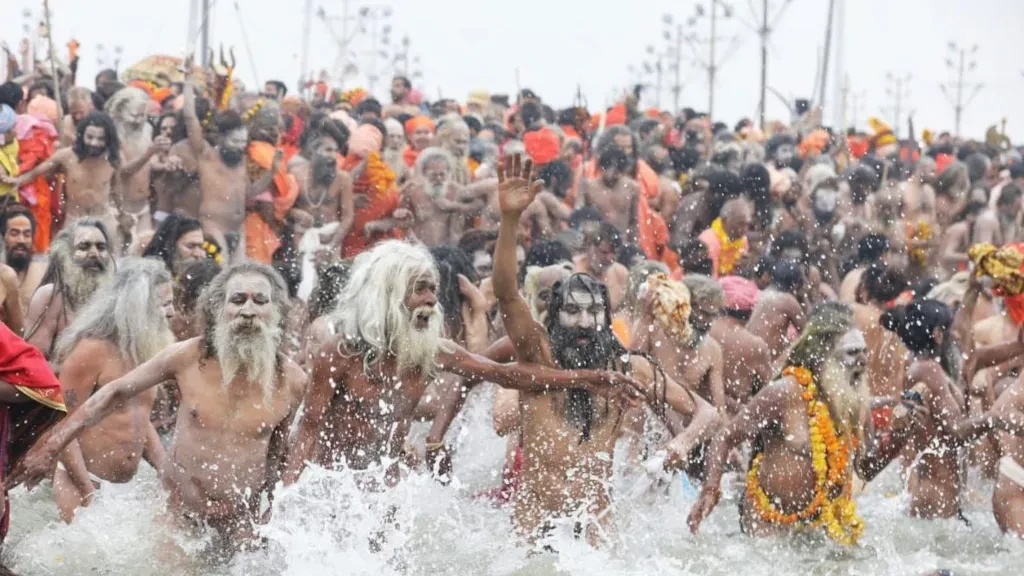 |
The BBC reports that Naga sadhus are revered by many Hindus and they only bathe on January 14, January 29 and February 3 of the festival. Photo: Ankit Srinivas. |
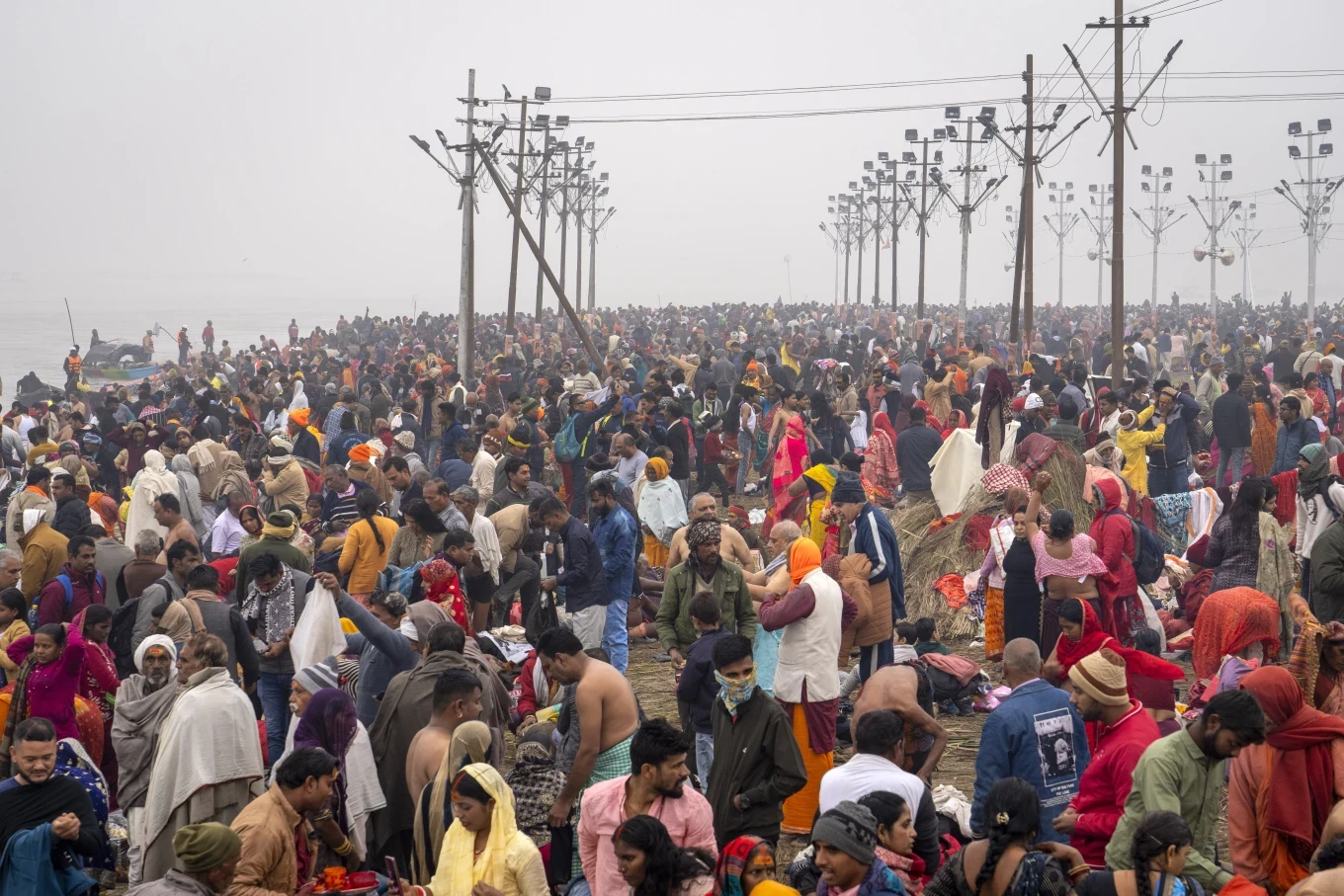 |
Uttar Pradesh Chief Minister Yogi Adityanath said that as of January 15, 35 million people had participated in the festival. Photo: AP. |
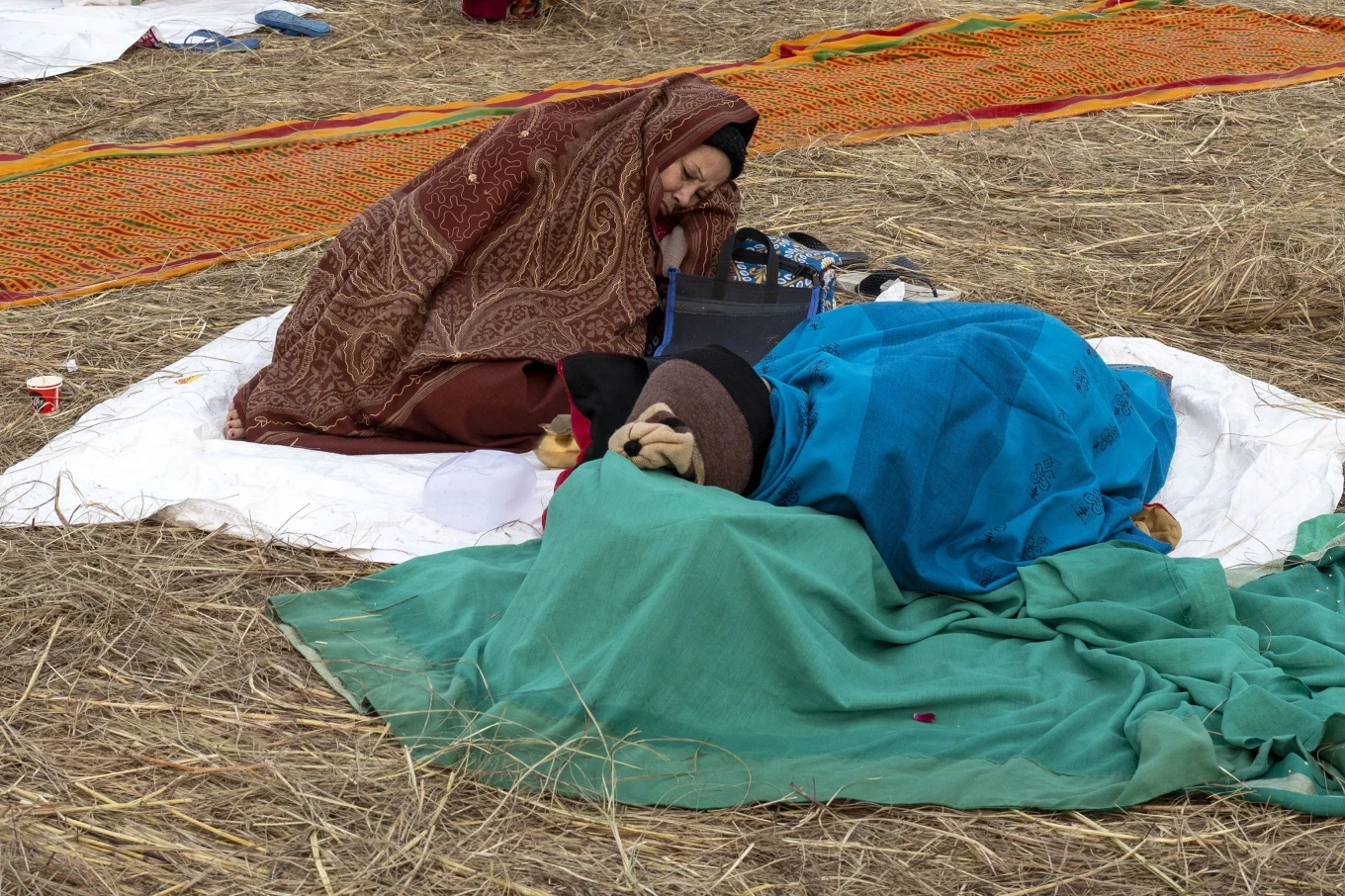 |
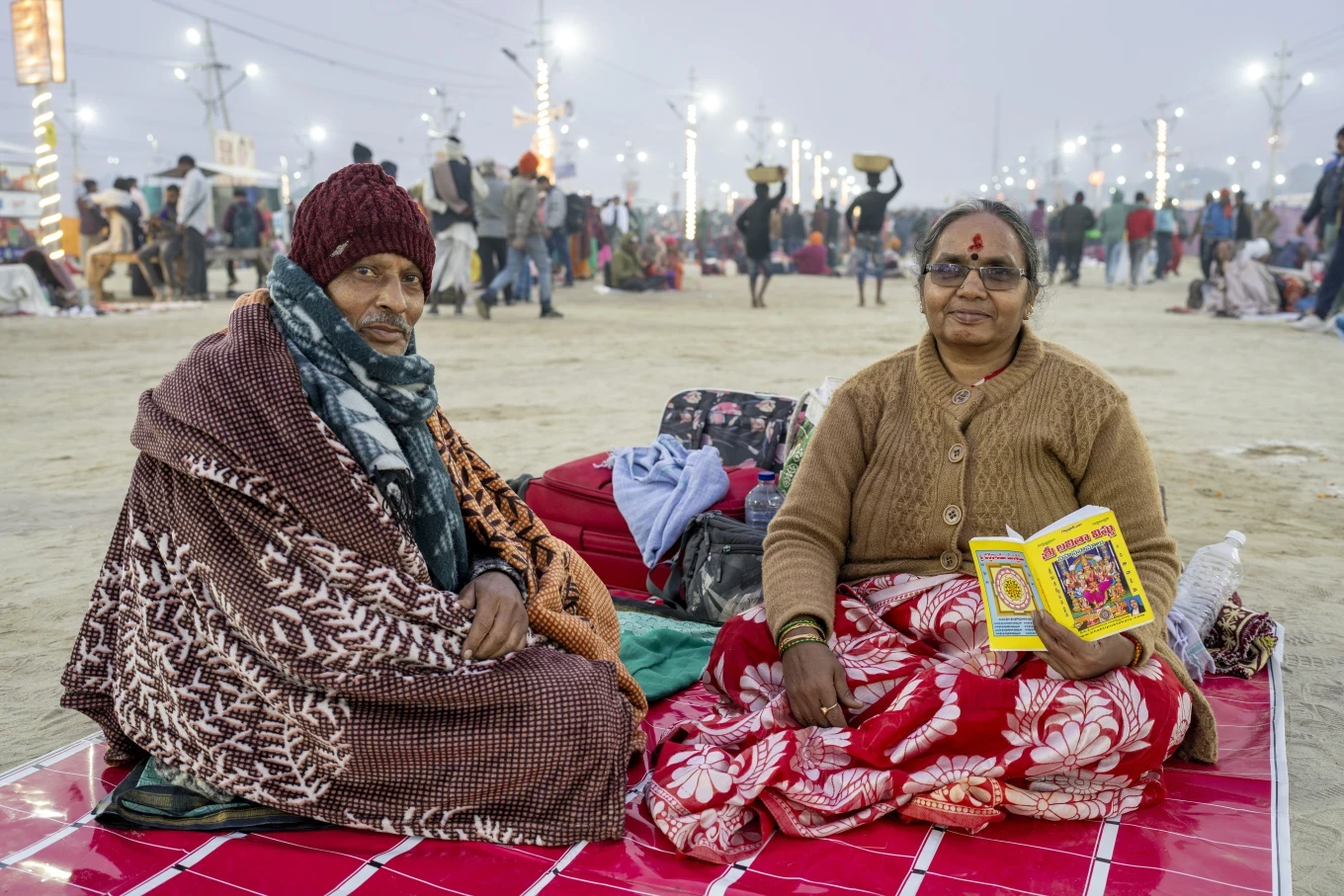 |
AP reported that, in addition to the vibrant images of the festival, tens of millions of believers also had to struggle to live here. Typically, many people covered the ground with tarps, used bags as pillows and covered themselves from head to toe with blankets when sleeping outdoors, to avoid the cold and mosquitoes. Photo: AP. |
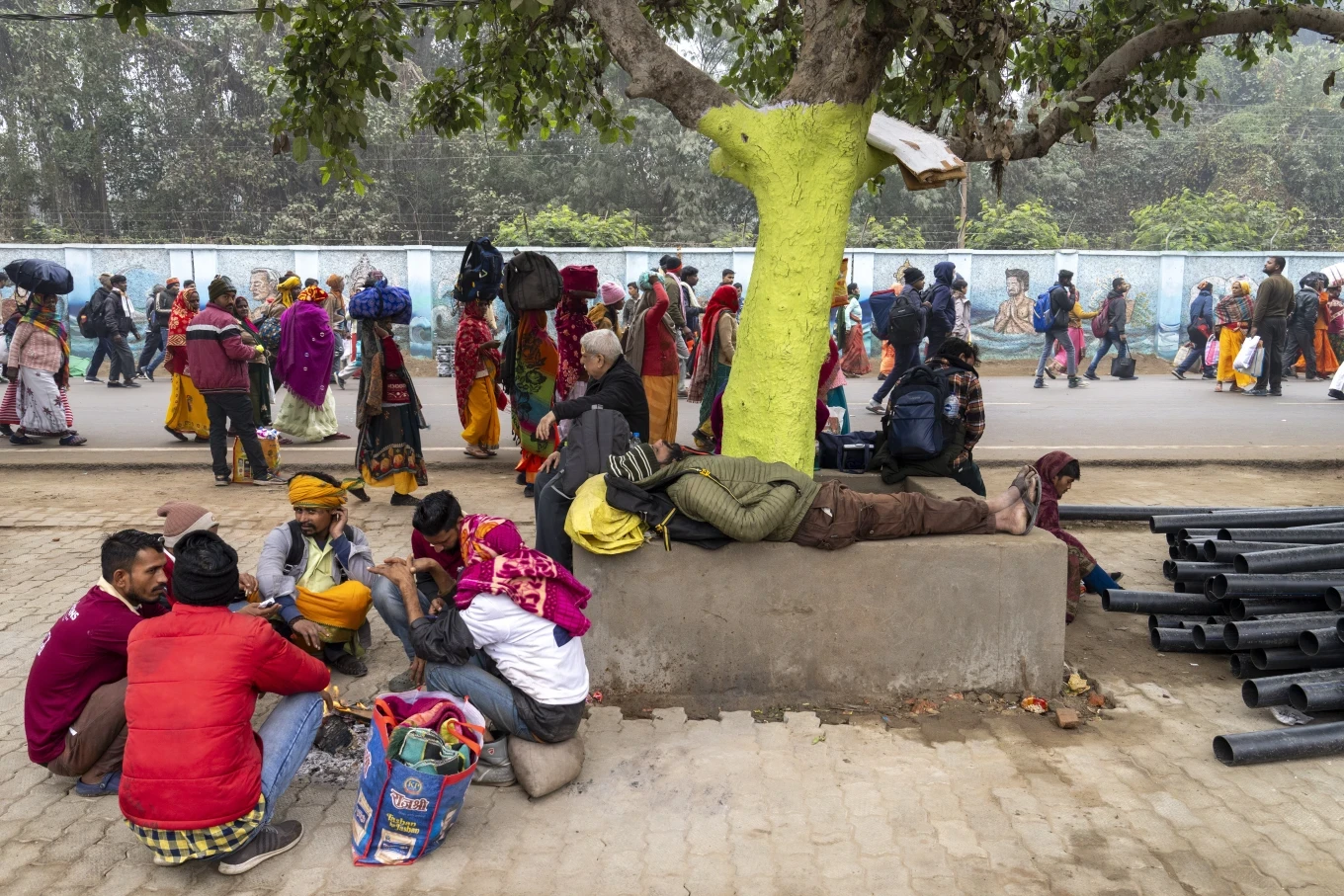 |
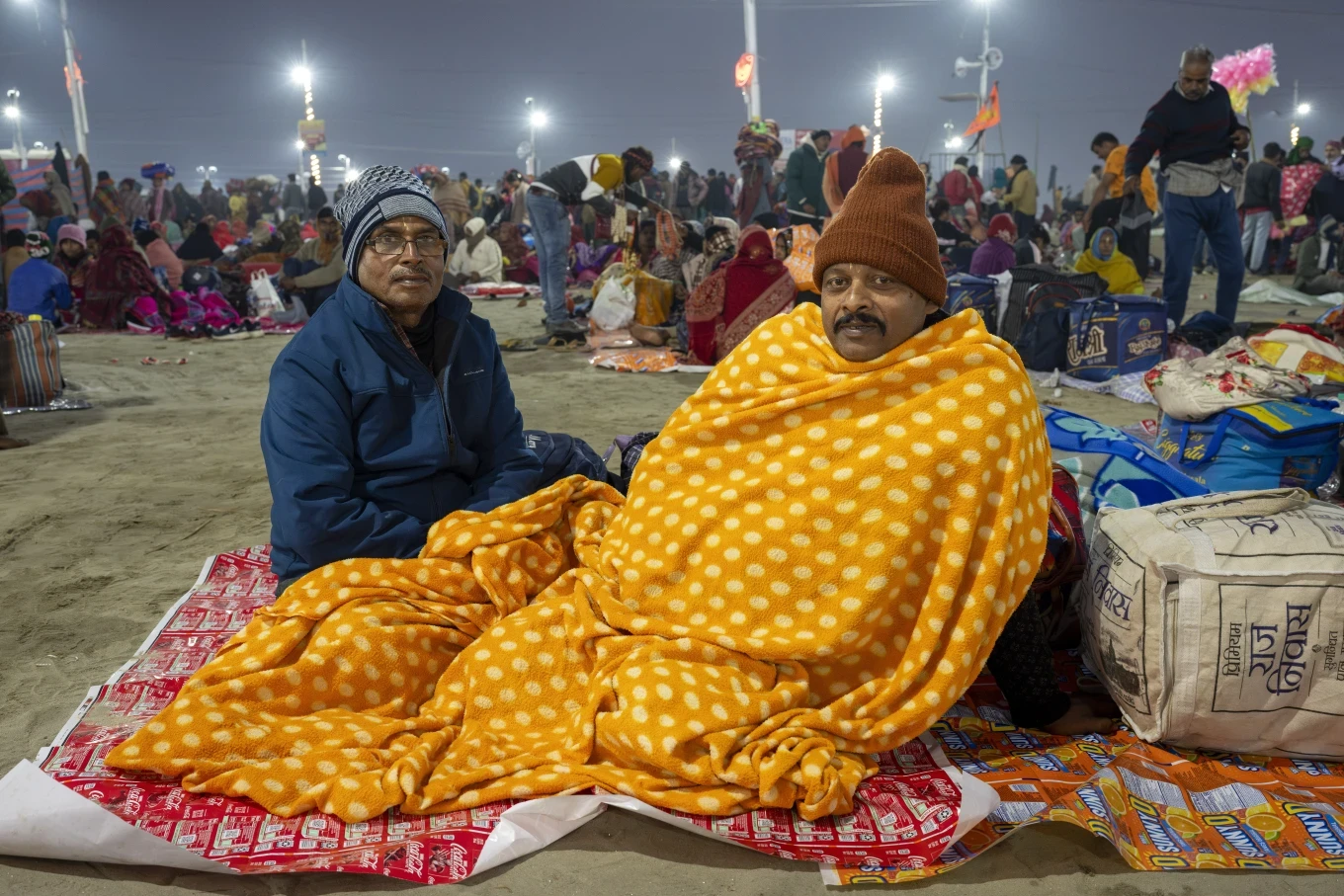 |
Sharing with AP , many people said they live by faith, so having to "eat on the shore and sleep on the ground" does not make them feel uncomfortable. Photo: AP. |
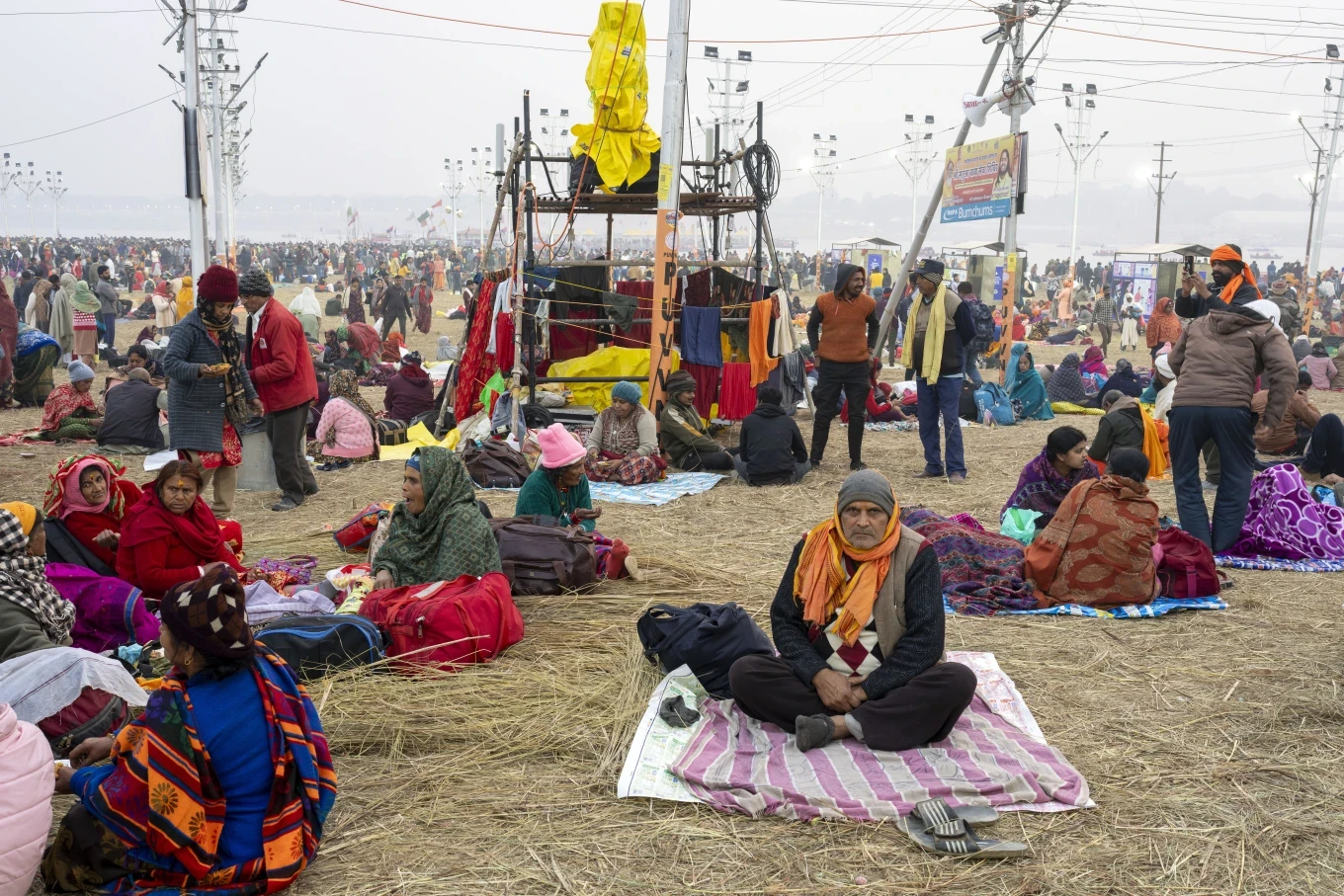 |
In the picture, Om Prakash Dube (61) from Ayodhya said he ate less so he wouldn't have to use public toilets so often. Dube slept outside one night and is planning to stay another night to enjoy the festival atmosphere. Photo: AP. |
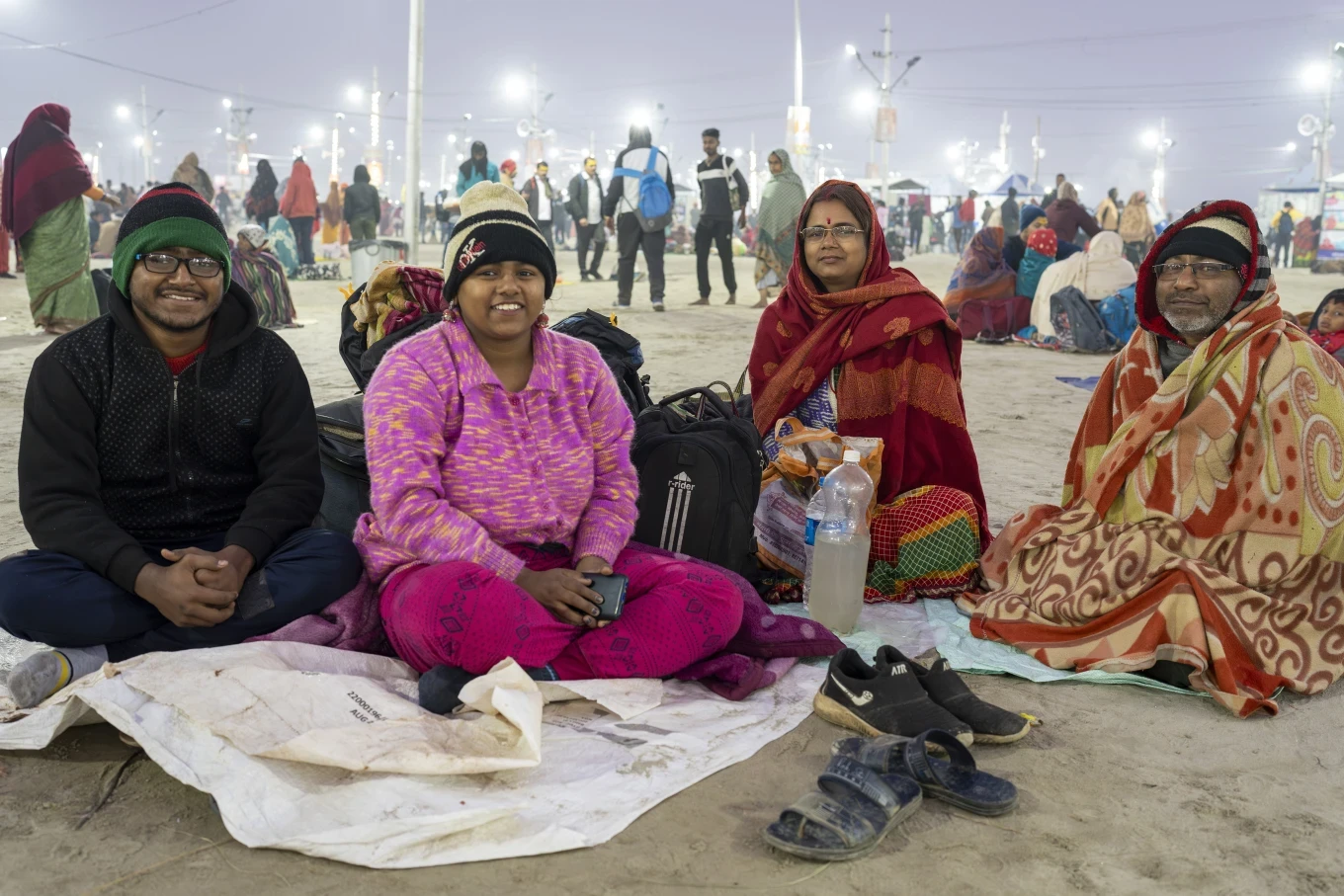 |
Like Mr. Dube, many people also prepare simple meals from home to bring to the festival. They accept to sleep outdoors, enduring the cold with thin blankets and no mattresses. Photo: AP. |
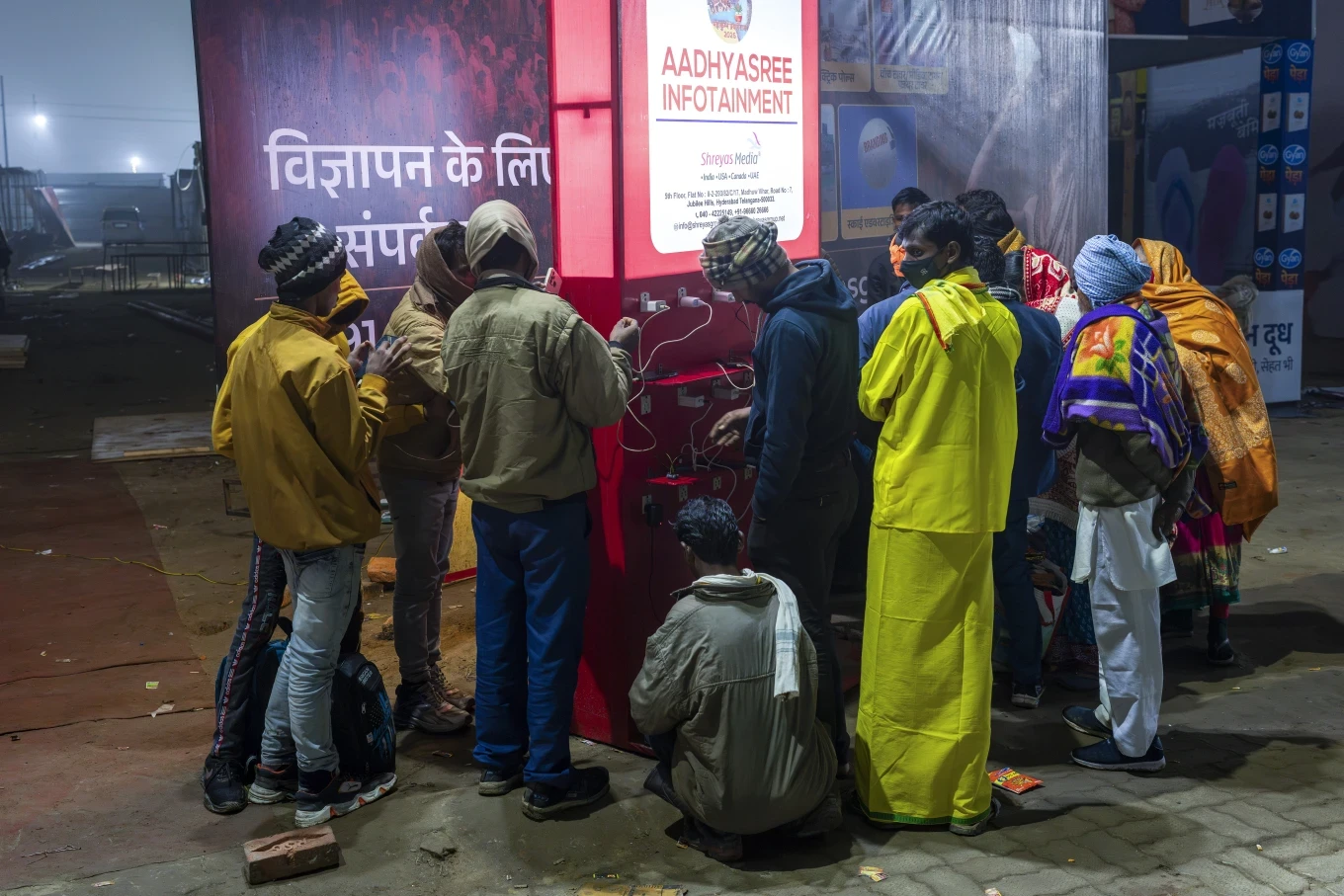 |
Those who do not stay overnight choose to move to the ghats where they pray and take a dip. |
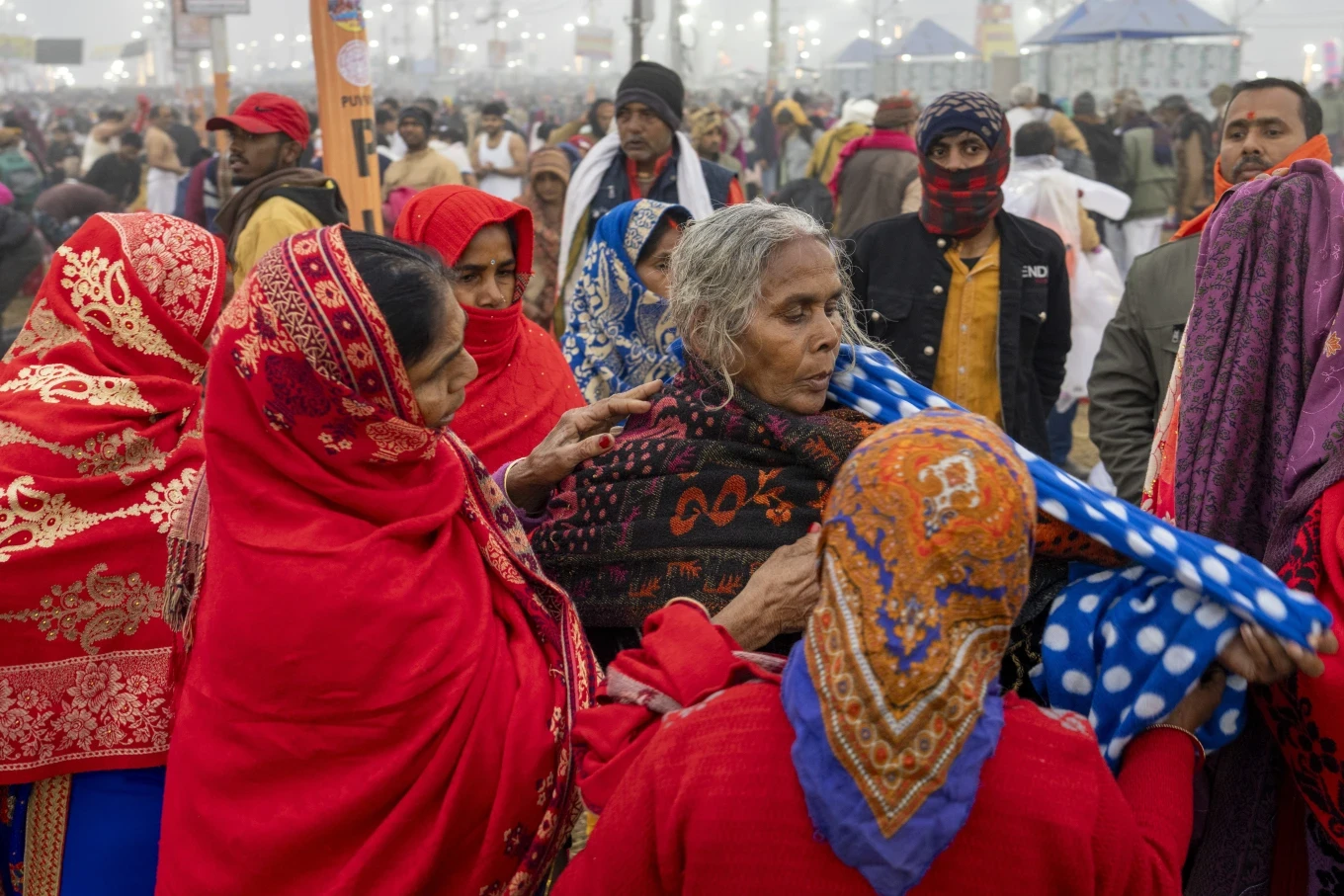 |
An elderly pilgrim is helped by family members to dress after being submerged in cold water. |
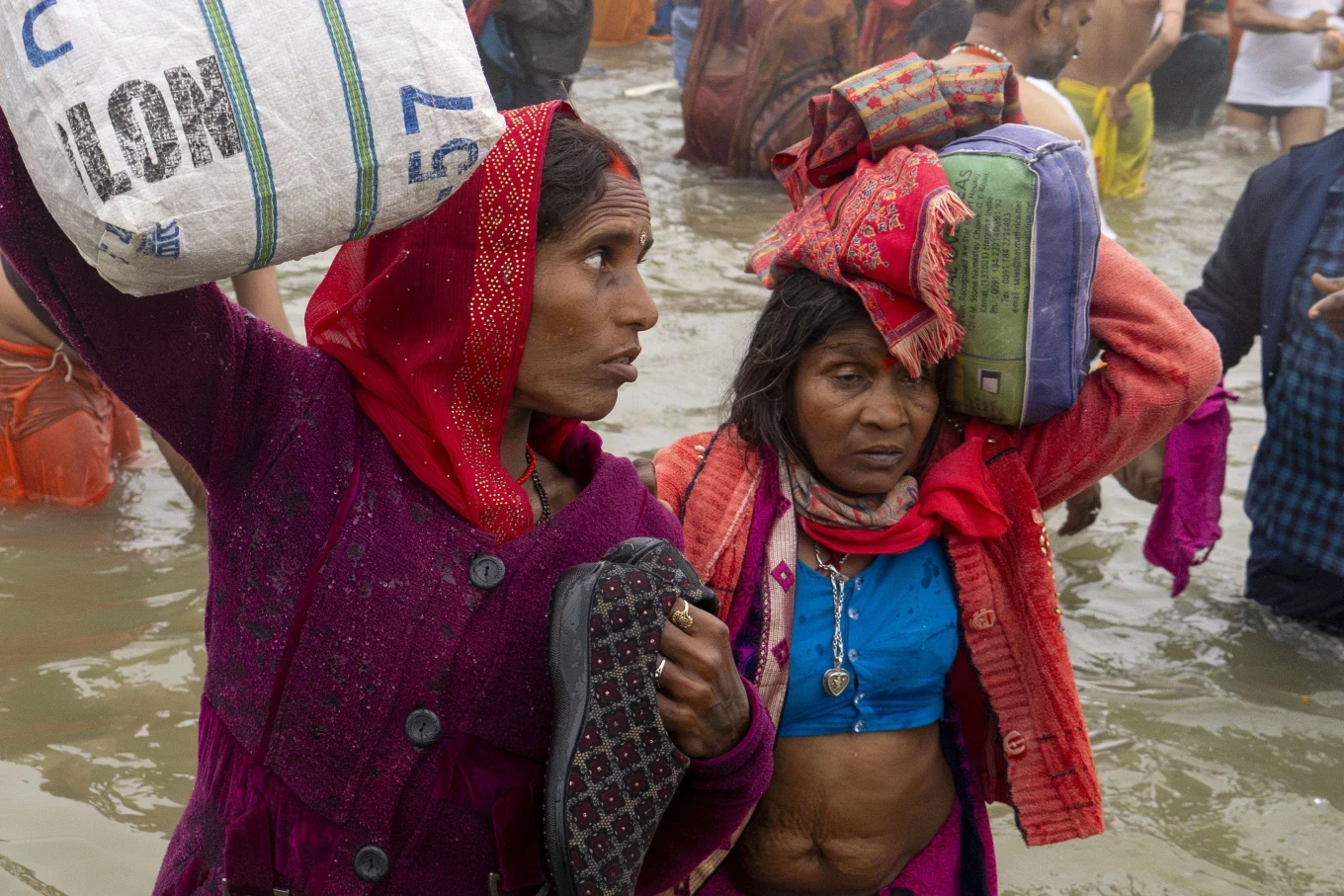 |
Fearing that their belongings would be lost, many pilgrims carry their belongings into the water to bathe at the confluence of the Ganges, Yamuna and the legendary Saraswati rivers. Photo: AP |
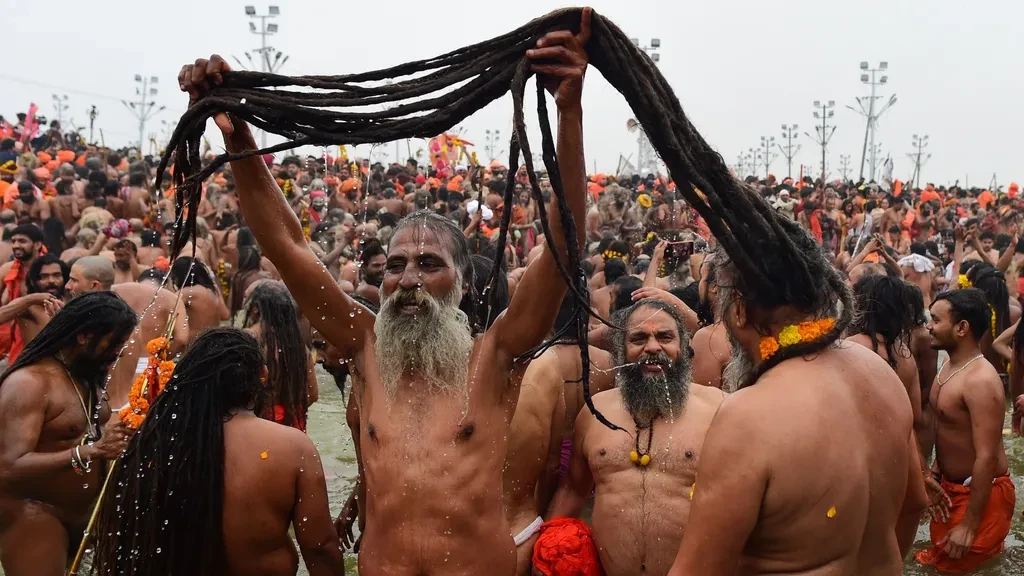 |
It is known that the Maha Kumbh Mela festival this time lasts 45 days (starting from January 13) and is estimated to attract up to 450 million people. Currently, tourists and Hindu devotees will continue to flock to the city of Prayagraj to bathe at the confluence of the Ganges, Yamuna and the legendary Saraswati rivers. Photo: AP |
According to Reuters , a temporary city of more than 4,000 hectares (equivalent to an area of 7,500 football fields) has sprung up along the riverbank, with 150,000 tents to accommodate visitors, equipped with 3,000 kitchens, 145,000 restrooms and 99 parking lots. The Indian Railways has added 98 additional trains to carry 3,300 visitors to the festival, in addition to regular services to Prayagraj.
Authorities are also installing up to 450,000 new power lines, as the Kumbh festival is expected to consume more electricity than 100,000 urban homes need in a month. Meanwhile, some 50,000 security personnel are on duty to ensure the event, billed as the world's largest gathering of humanity, runs smoothly. The budget for this year's festival is estimated at $800 million and will boost India's economic growth by $30-35 billion.
Source: https://tienphong.vn/do-xo-di-tam-khoa-than-bat-chap-troi-ret-cat-da-cat-thit-post1710000.tpo





![[Photo] Hanoi morning of October 1: Prolonged flooding, people wade to work](https://vphoto.vietnam.vn/thumb/1200x675/vietnam/resource/IMAGE/2025/10/1/189be28938e3493fa26b2938efa2059e)




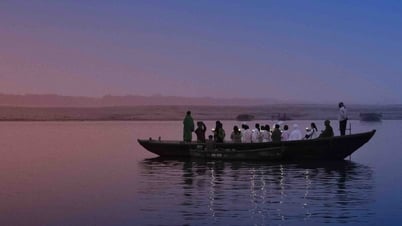

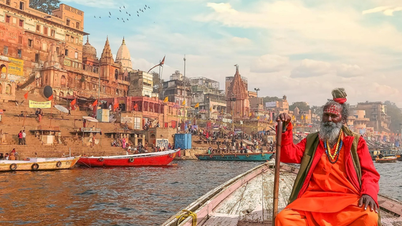


![[Photo] Hanoi morning of October 1: Prolonged flooding, people wade to work](https://vphoto.vietnam.vn/thumb/402x226/vietnam/resource/IMAGE/2025/10/1/189be28938e3493fa26b2938efa2059e)

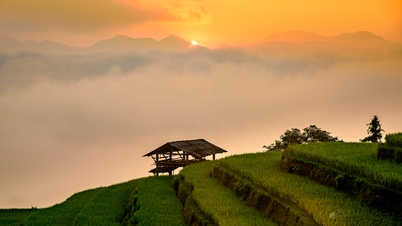



![[Photo] Panorama of the cable-stayed bridge, the final bottleneck of the Ben Luc-Long Thanh expressway](https://vphoto.vietnam.vn/thumb/402x226/vietnam/resource/IMAGE/2025/9/30/391fdf21025541d6b2f092e49a17243f)
![[Photo] The 1st Congress of Phu Tho Provincial Party Committee, term 2025-2030](https://vphoto.vietnam.vn/thumb/402x226/vietnam/resource/IMAGE/2025/9/30/1507da06216649bba8a1ce6251816820)






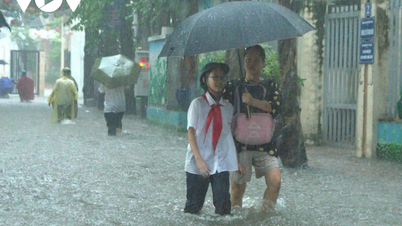



![[Photo] Panorama of the cable-stayed bridge, the final bottleneck of the Ben Luc-Long Thanh expressway](https://vphoto.vietnam.vn/thumb/1200x675/vietnam/resource/IMAGE/2025/9/30/391fdf21025541d6b2f092e49a17243f)


































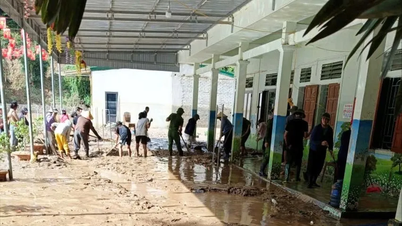



















Comment (0)